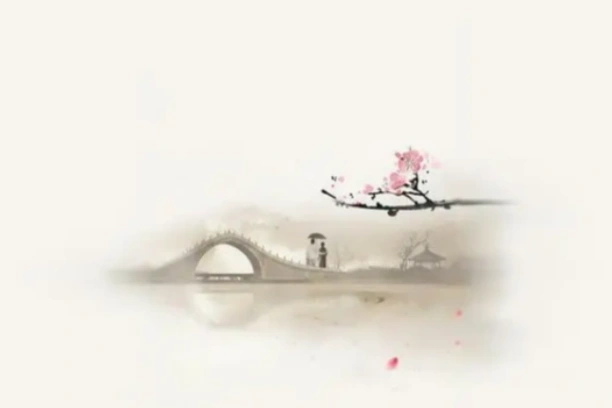
The door of Ch’an is entered by Wu. When we meditate on Wu we ask “What is Wu?” On entering Wu, we experience emptiness; we are not aware of existence, either ours or the world’s.
E-MAIL: admin@relaxmid.com

At the beginning of this article we said that the term tso-ch’an had both a comprehensive and a specific meaning. The comprehensive meaning refers to any type of meditation based on sitting, including the fundamental methods and the “outer path” approaches described above. The specific meaning refers to the specific methods developed and used by the Ch’an masters to attain the state of seeing Buddha-nature. This is also referred to as seeing self-nature, wu 無, or in Japanese, kensho. The two major methods of Ch’an which have come down to us are the method of Silent Illumination 默 照 and the method of the kung-an 公案. Each of these methods ultimately led to the founding of a major branch of Ch’an Buddhism, respectively the Ts’ao-tung 曹洞 (Soto) and the Lin-chi 臨濟(Rinzai) schools.
PREVIOUS: The Tso-ch’an of “Outer Paths” 外道禪 | TSO-CH’AN
NEXT: Silent Illumination Ch’an | TSO-CH’AN
